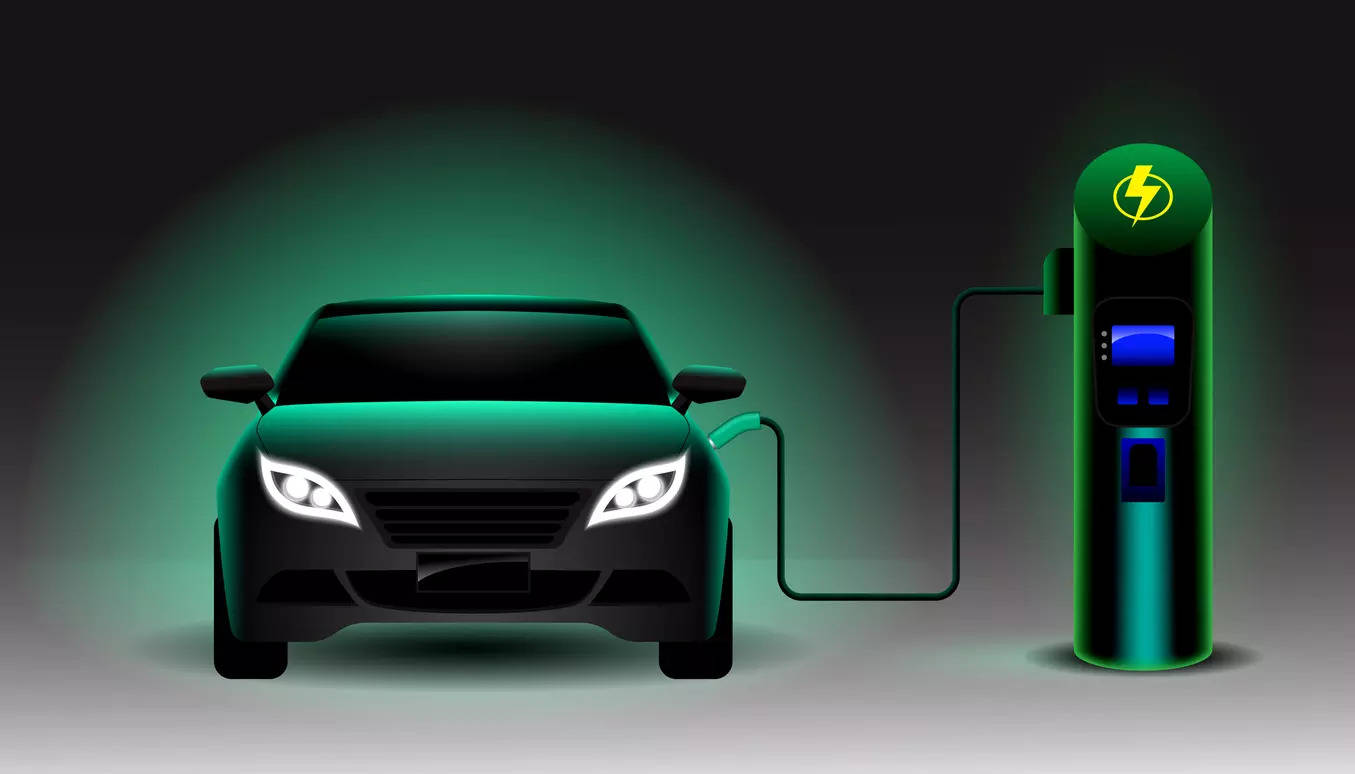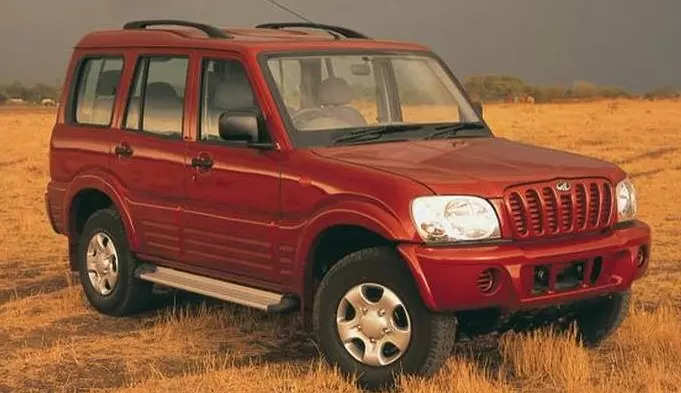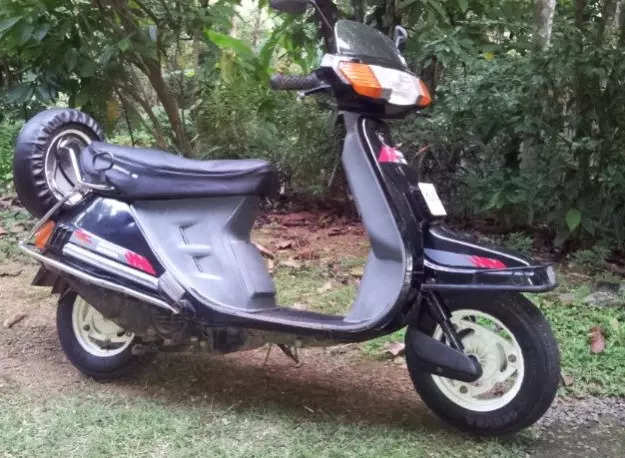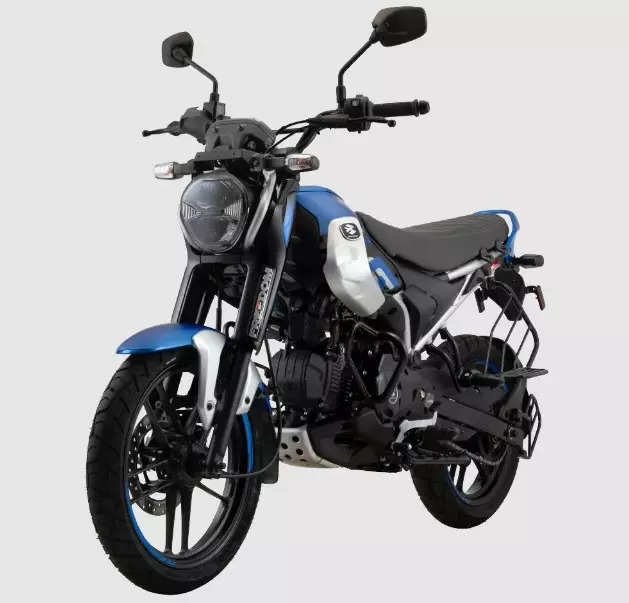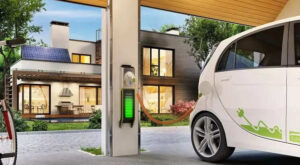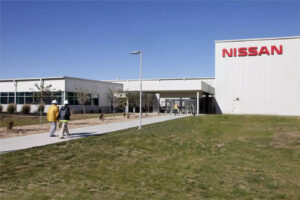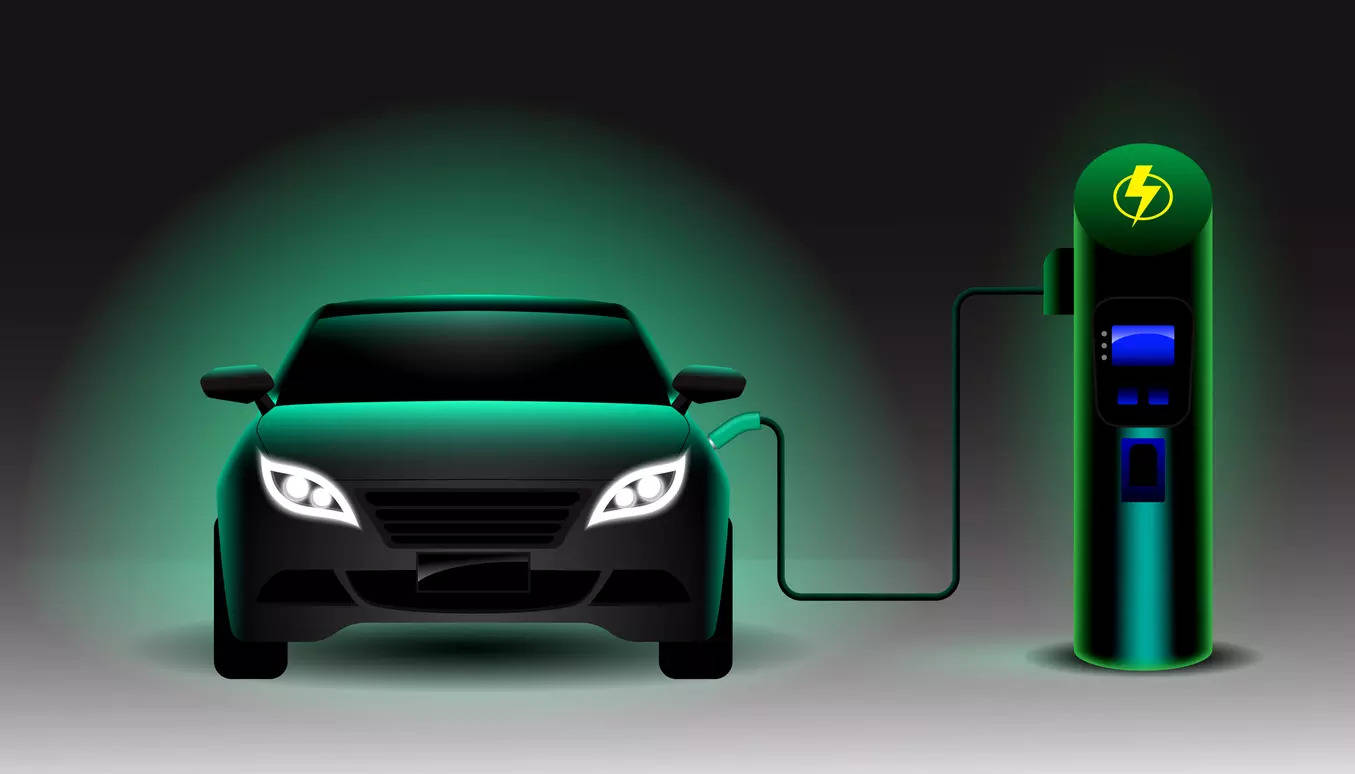
New Delhi: Way back in 1947, a battered and bruised India was still recovering from the traumatic aftermath of Partition. Today, two-thirds of her population is under the age of 35 and it is this youth power that is constantly touted as the country’s greatest asset.
India is also among the few bright stars in a volatile world where investors still find its growth prospects attractive along with its population’s inherent skills in IT and software. These are now integral assets for its automobile industry which, like the rest of the world, is going hi-tech and keeping pace with the latest regulations on safety and emissions.
The electric car wave is yet another important transition though, in all fairness, this is more apparent in the country’s two and three-wheeler segments rather than automobiles where the penetration levels are still less than 3%. However, what is really gratifying that it is an Indian company — Tata Motors — which is truly leading the way in electrification of cars.
Immense pride
The closest challenger is another homegrown brand, Mahindra & Mahindra, which was actually the prime mover in electric following its acquisition of Reva nearly 15 years ago, but is now a distant No 2. To have two Indian companies lead the way is reason for immense pride even while the Chinese are clearly the dominating force in electric globally.
Tata and Mahindra also represent the face of legacy automakers which have weathered the MNC onslaught over the years and emerged triumphant in the process. Today, these two companies along with Maruti and Hyundai take up nearly 90% of the domestic market sales and, in the process, have relegated big global brands from Europe and Japan to the sidelines.
It has not been an easy journey since both Tata and Mahindra have gone through some really difficult times and still managed to hang in there and fight it out. As the adage goes: When the going gets tough, the tough get going. This resilience and drive for excellence is also evident in India’s two-wheeler segment where the likes of Hero MotoCorp, TVS Motor, Bajaj Auto and Royal Enfield epitomise a never-say-die spirit where their only opponent in the MNC space is Honda.
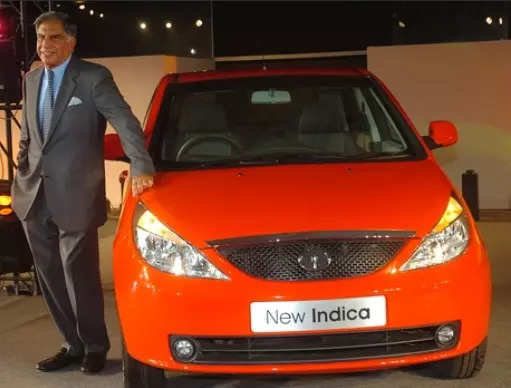
Tata sets new benchmarks
Getting back to Tata Motors, it was the first Indian entity to proclaim its entry into the car segment over two decades earlier thereby marking a tremendous makeover from a traditional truck manufacturer. The country was transfixed by Ratan Tata, who was then Chairman of the Group, and his vision to offer a reasonably priced car.
When it was first showcased at the 1998 Auto Expo in New Delhi, the crowds went berserk as the Indica was unveiled prompting the (then) Industries Minister, Murasoli Maran, to remark that the house of Tatas was the Kohinoor of India. Perhaps the surge of nationalism prevailing then also stemmed from the feud happening between Suzuki and the Centre which would subsequently pave the way for Maruti Suzuki after nearly two decades of its Maruti Udyog avatar.
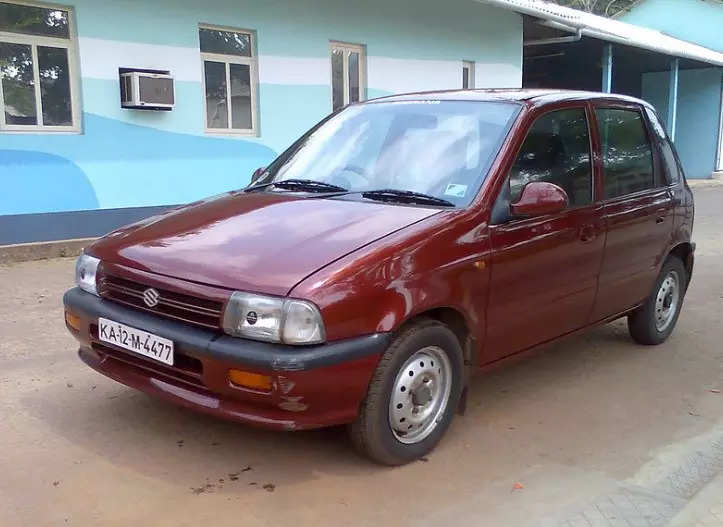
The Indica had a monstrous impact on India with people itching to get their hands on the car. When its launch followed and the price was announced in late-1998, it prompted Maruti to slash prices of its hatchback range comprising models like the Zen. It was clear that competition was rattled at the prospects of taking on a diesel-driven compact car and the Indica seemed set for a long drive.
Reality, of course, turned out be something different and the initial excitement finally ebbed with the car becoming a bigger hit in the cab segment. Yet, it did not take away the fact that Ratan Tata had proved a point about an Indian company being able to hold its own against bigger global rivals. The Indica was an important part of India’s automobile history, more so when other legacy brands like the Premier Padmini and Ambassador from Hindustan Motors were struggling to stay relevant.
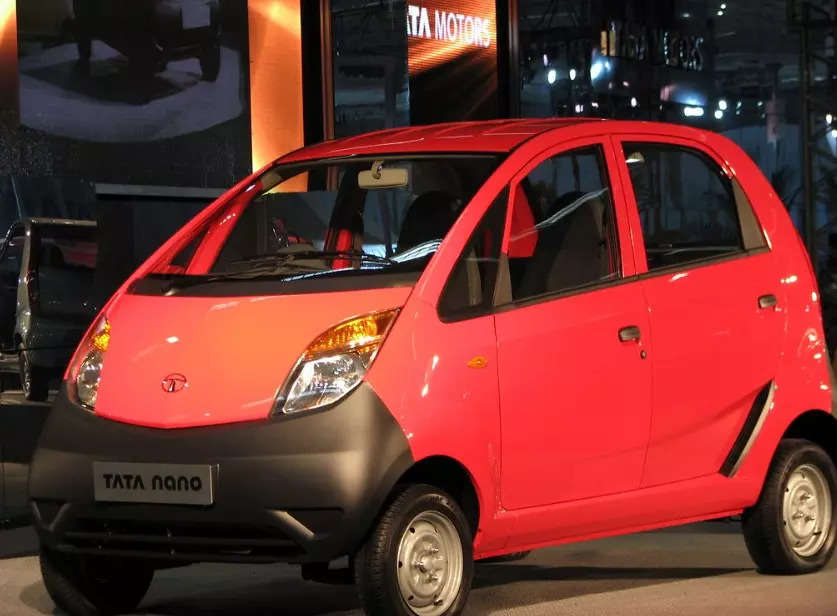
Nano brings the house down
Ratan Tata was not done yet and his next big dream was the INR 1 lakh car which caught the fancy of the world. The Nano was unveiled at the 2008 Delhi Auto Expo and it would be no exaggeration to say that the decibel levels that greeted this occasion far exceeded those that hailed the Indica a decade earlier.
International journalists who were seated at the Tata pavilion in Pragati Maidan cheered lustily too — the Nano was a triumph of innovation and frugal engineering that had people across the planet gobsmacked. Carlos Ghosn, the CEO of Renault-Nissan at that point in time, was all praise for the Nano and said this was the best solution for emerging markets. It prompted him to think of something similar through an alliance between Bajaj Auto and Renault-Nissan. Termed the ultra low-cost car, it eventually did not see the light of day.
Likewise, the Nano also went through a whole lot of challenges which began with the relocation of its plant from West Bengal to Gujarat followed by not-so-flattering comments on its ‘cheap car’ tag as well as incidents of the car catching fire. It was a dream that had gone horribly sour though nobody could object to the basic premise for its development which lay in giving everyone in India an opportunity to upgrade themselves to an affordable car.
These were difficult times for Tata Motors which had also made an expensive acquisition of Jaguar Land Rover in 2008. The global slowdown had not made things easier and it was clear that the time had come to reboot the car business. Today, its brands like Harrier, Nexon, Tigor and Punch have struck the right notes in the markets along with the success story in the electric space where the latest offering is the Curvv.
Mahindra gets going too
As for Mahindra & Mahindra, it broke away from Ford way back in the late 1990s to focus on Project Scorpio which was a make-or-break initiative in the SUV space. The company had invested around INR 600 crore and was aware that it was taking a huge chance with Scorpio. All the hard work paid off and the SUV ended up doing very well and continues to be a big draw even today.
The success of Scorpio emboldened Mahindra to spread its wings a little more aggressively in terms of getting into a host of mobility avenues. It got into an alliance with Renault for the Logan project and then bought out SsangYong Motors of Korea in 2011. It also acquired the two-wheeler business of Kinetic and joined hands with Navistar of the US for trucks.
In hindsight, this could have been a case of doing too many things at one time when the more prudent approach would have involved focusing on the core business of SUVs and tractors. Eventually, this is what happened as the company shifted gears but had, meanwhile, lost the SUV momentum to the Koreans and Japanese.
The Mahindra of today is precisely in the same space of two decades ago when the Scorpio was its focus area. It has pretty much exited most other segments where the returns were slow in coming and SUVs along with tractors are its two big plays. The comeback has been brisk in the former case with brands like Thar while tractors continue to see a lot of momentum.
Mahindra has also been doing well in pickups where the e-commerce boom, during and post-COVID, has fuelled demand in this product category. It did have a head start in electric following the acquisition of Reva even while its initial offerings did not do very well. Yet, the company created a sold electrification base at its facilities in Bengaluru and Chakan with plans now to go flat out with electric SUVs.
The Big 4 two-wheeler brands
Shifting tracks to the two-wheeler industry, where India is the global leader today, it has been a saga of tremendous business acumen and staying ahead of the curve. Way back in the 1980s, when legacy brands like TVS, Hero and Bajaj had Japanese alliances (including Escorts with Yamaha), it marked a big step forward in getting into the motorcycle arena.
This was the era of geared scooters where Bajaj and LML were the leading players but the motorcycle revolution along with the new momentum in gearless scooters — thanks to Kinetic Honda — completely altered the two-wheeler landscape. By the turn of the century, Hero Honda was the new market leader and had pushed Bajaj Auto to the No 2 slot.
However, in the years to come, each of these Indian brands were o prove a point in this intensely competitive arena. After parting ways with Suzuki in 2001-02, TVS struck gold with its 110cc Victor motorcycle before entering a tough phase when success was proving elusive in terms of big numbers. Then came the Apache sports motorcycle along with the Jupiter scooter and the momentum was back.
Today, TVS has an alliance with BMW Motorrad for premium motorcycles which are developed here and shipped out overseas. The two also have big plans to step up their presence in electric where TVS has clearly been at the forefront. The company is keen that it stays ahead of the curve in electrification even while fierce competition is coming in from Ola and Bajaj. With its acquisition of Norton Motorcycles of the UK, TVS is now eyeing markets in the West.
Hero No 1
As for Hero, nobody gave it too much of a chance when it parted ways with Honda over a decade earlier. However, the company has proved its sceptics wrong and has retained the market leadership position even while Honda has tried every trick in the book to get ahead. Even local rivals like TVS and Bajaj have not succeeded though in recent months, it looks as if the Hero momentum is gradually slowing down. Will Honda finally take over the crown? The next few months will answer this question.
Bajaj Auto had a technical tie-up with Kawasaki during the motorcycle wave but it was the success of its locally made Pulsar that set the ball rolling. It then bought a 14% stake in KTM of Austria which has more than trebled today. More importantly, the partnership has seen Bajaj convert its Chakan facility near Pune into a manufacturing powerhouse which ships out KTM motorcycles worldwide.
This will now be replicated with Triumph of the UK where the tie-up with Bajaj will see production of midsize motorcycles at Chakan for overseas markets. Bajaj has also revived its Chetak brand which now spearheads its electric scooter range while it is betting big on the Freedom 125, the world’s first CNG motorcycle.
Finally, Royal Enfield’s success story has been astonishing given that it was in all kinds of trouble in its initial years when monthly numbers were barely 3,000 units. Today, it is close to a million motorcycles annually and the dramatic turnaround is thanks largely to the Classic followed by brands such as the Himalayan, Meteor, Hunter and Interceptor. The Bullet remains the core of Royal Enfield and all eyes are on the company as it now gears up for the electric motorcycle era.

